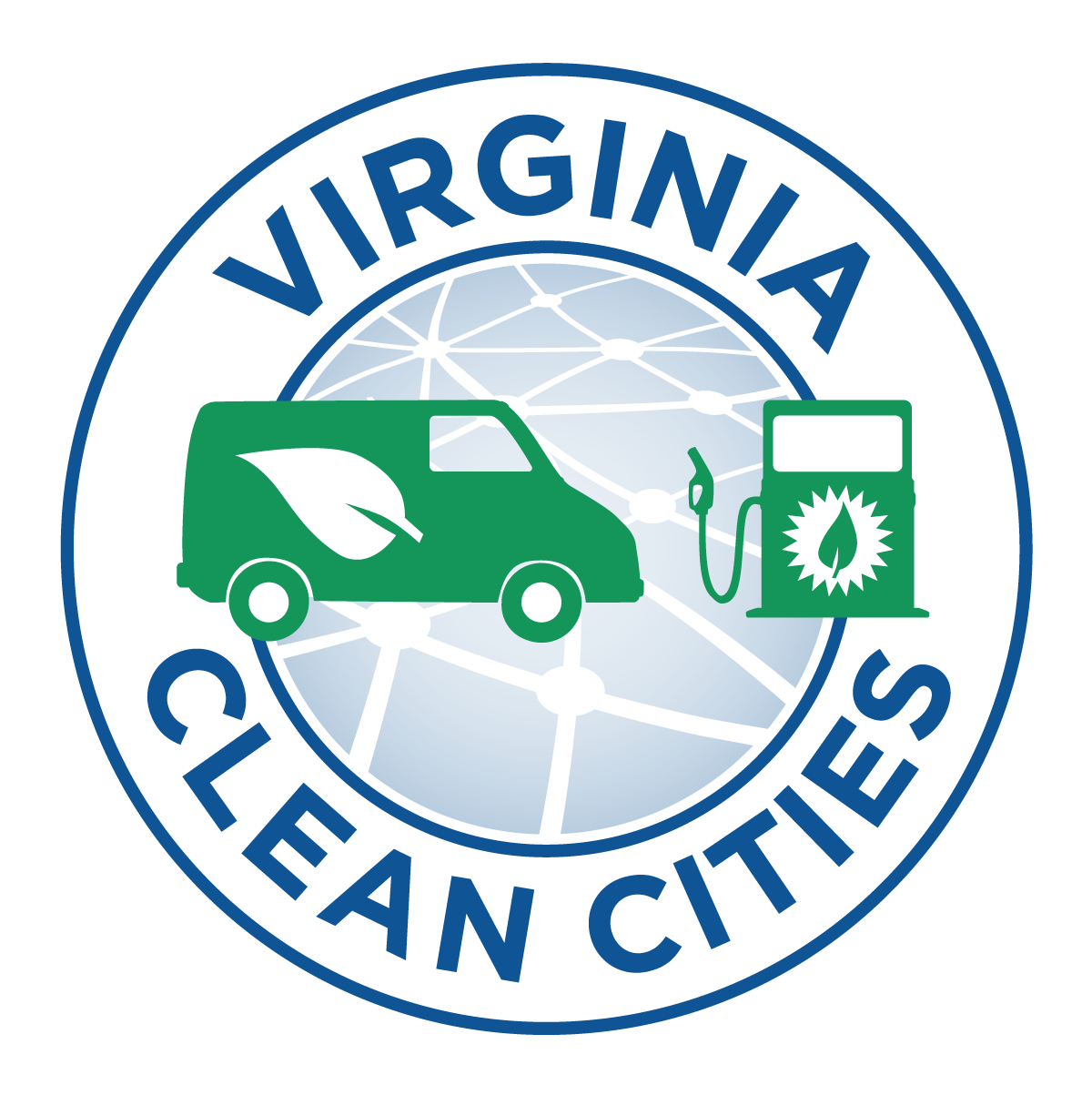Written by Conor Moran, Oakton High School Senior
Entropy is the idea that the universe moves towards disorder and that order can only be restored by expending energy. Entropy, the same principle behind small-scale spontaneous chemical reactions and even the formation of the entire universe, is leading us to neglect our precious Earth. Energy is required for environmental order, but apathetic school board members all throughout the United States would rather use that energy to pamper their sports teams at the cost of our ecosystems, leading the environment towards chaos. In the interest of Earth, it is time that America’s schools utilize forms of clean energy to set an example for the rest of the world and to help restore a clean planet for all future generations.
Clean energy itself is a relatively new progression in our energy production. The United States started from the very bottom: “Wood (a renewable energy source) served as the preeminent form of energy until the mid- to late-1800s” (“History”). Eventually, however, we adopted new forms of energy production: “three major fossil fuels–petroleum, natural gas, and coal, which together provided an average of 87% of total U.S. primary energy” (“History”). While these non-renewable sources of electricity led to a boom in United States ingenuity and progress, in reality, non-renewable energy has outlived it’s usefulness. Today, forms of energy production such as solar, hydroelectric, wind, and nuclear have become much safer forms of energy that have insurmountable benefits over conventional power sources. Conventional sources of electricity produce a large amount of CO2: “natural gas, which emits between 0.6 and 2 pounds of carbon dioxide equivalent per kilowatt-hour (CO2E/kWh), and coal, which emits between 1.4 and 3.6 pounds of CO2E/kWh” (“Benefits”). However, more favorable clean energy sources produce a drastically smaller amount of CO2: “wind emits only 0.02 to 0.04 pounds of CO2E/kWh, solar 0.07 to 0.2,geothermal 0.1 to 0.2, and hydroelectric between 0.1 and 0.5” (“Benefits”). These emissions can have a large impact on our health: “air and water pollution emitted by coal and natural gas plants is linked to breathing problems, neurological damage, heart attacks, and cancer” (“Benefits”).
While implementing clean energy into America’s schools will help the environment, it will also allow schools to save money. By utilizing photovoltaics (solar panels), K-12 schools in California, such as the Roslyn School District “save $230,000 annually over 15 years” (Coughlin and Kandt). Furthermore, according to Virginia Clean Cities Deputy Director Matthew Wade, my school district, Fairfax County Public Schools (FCPS), could easily implement photovoltaics in school rooftops, which have a “return on investment typically less than 10 years”. Wade continues to suggest that FCPS could save money with clean energy through the use of electric powered buses, in which “electricity is $0.10 per kWh which equates to about $1.00 per gallon of gasoline”. Seems like clean energy utilization is a no-brainer, doesn’t it?
The substantial benefits of clean energy make it seem like the perfect choice to help the environment and save capital. The money that is saved could be allocated to the deprived school clubs and departments in many American school systems, like the arts and music departments. However, many school boards approve of larger budgets to help both teachers and students, while overlooking the massive amount of money that could be saved simply by buying new buses and installing solar panels. Is this prospect overlooked due to ignorance or just plain entropy-driven laziness?
Sources:
[1] “Benefits of Renewable Energy Use.” Union of Concerned Scientists. N.p., n.d. Web. 17 Mar. 2016.
[2] Coughlin, J., and A. Kandt. Solar Schools Assessment and Implementation Project: Financing Options for Solar Installations on K–12 Schools.National Renewable Energy Laboratory. Alliance for Sustainable Energy, Oct. 2011. Web. 17 Mar. 2016.
[3] “U.S. Energy Information Administration – EIA – Independent Statistics and Analysis.” History of Energy Consumption in the United States, 1775–2009. U.S. Department of Energy, n.d. Web. 17 Mar. 2016.
[4] Wade, Matthew. “Clean Energy Capstone Project.” Message to the author. 16 Mar. 2016. E-mail.
